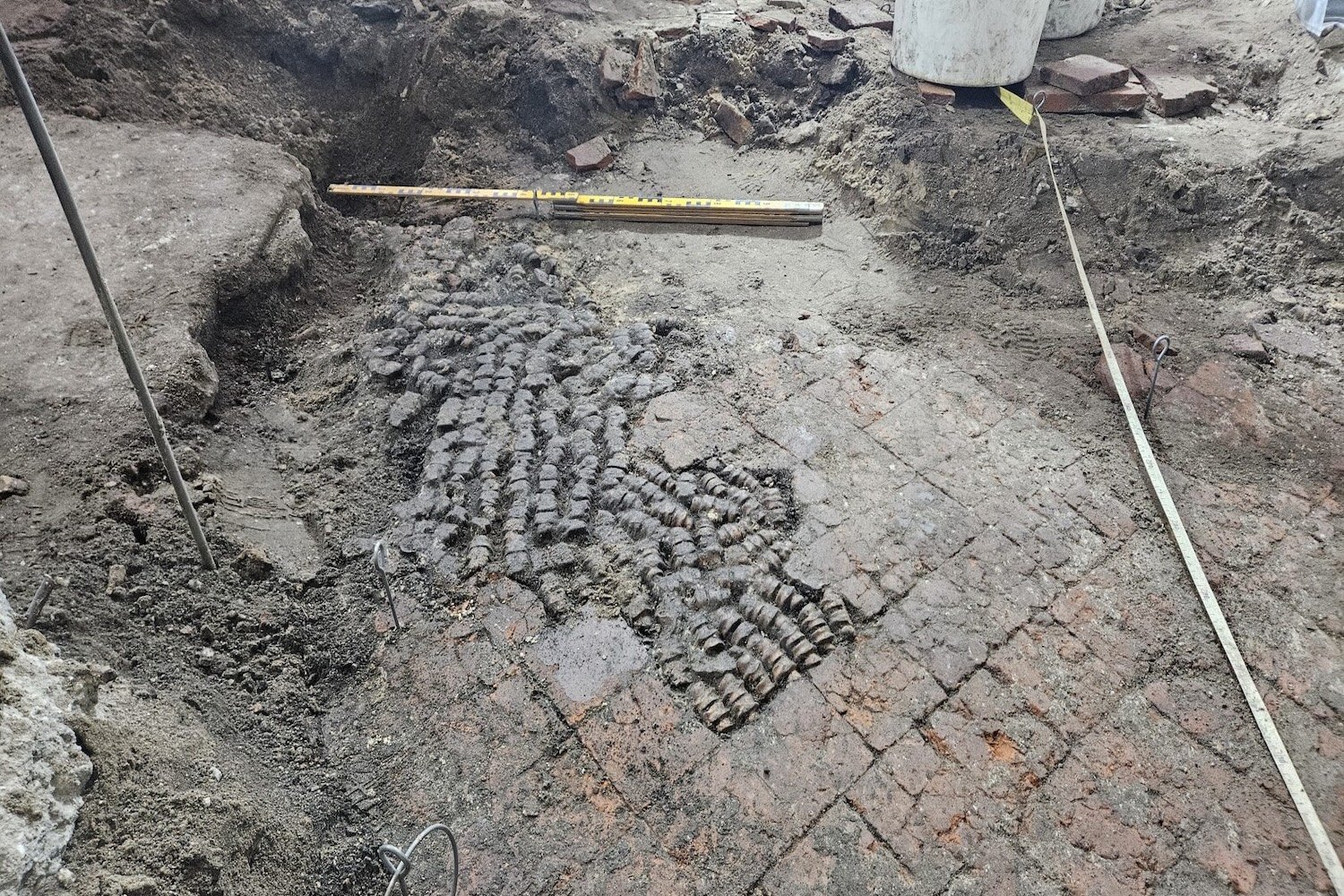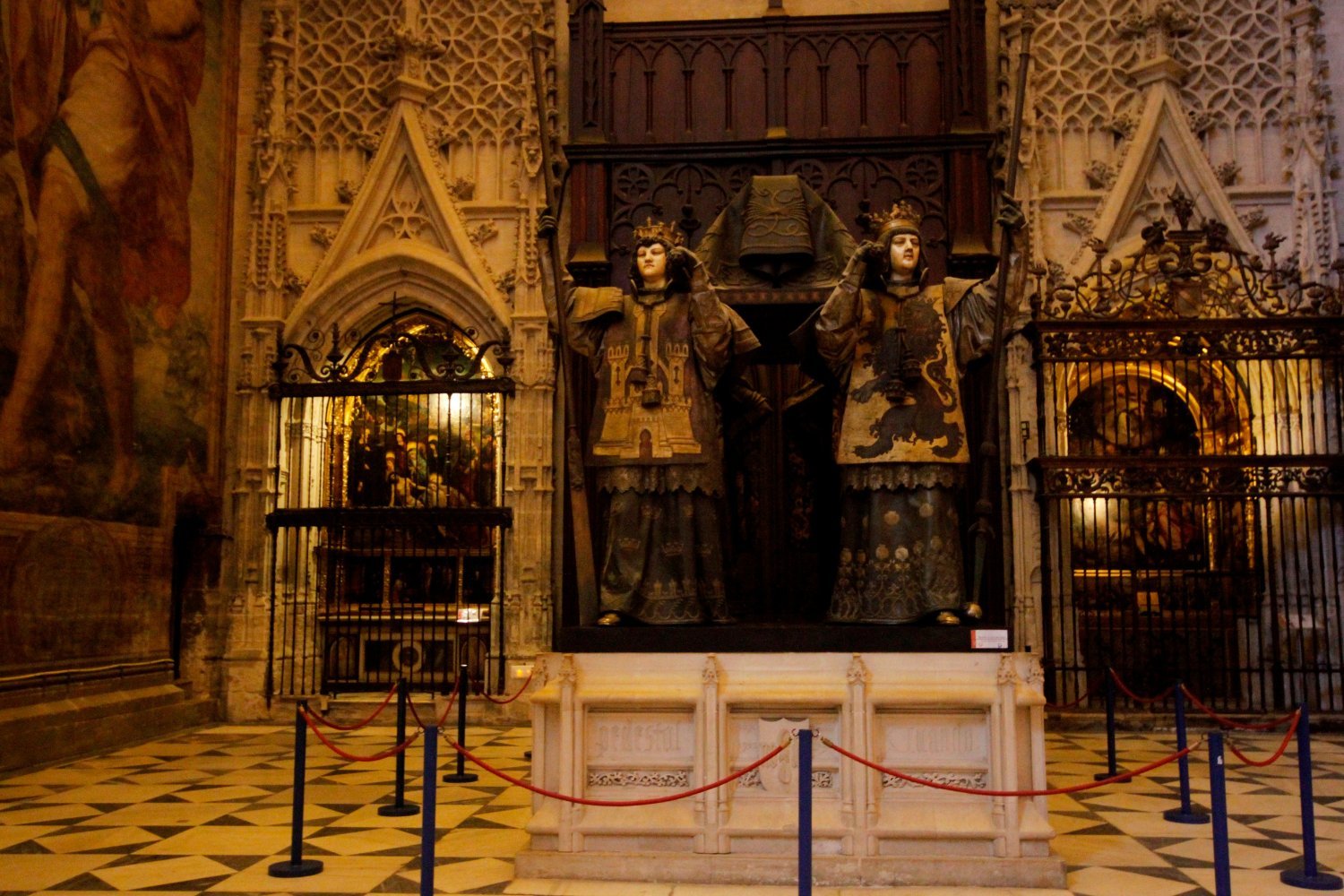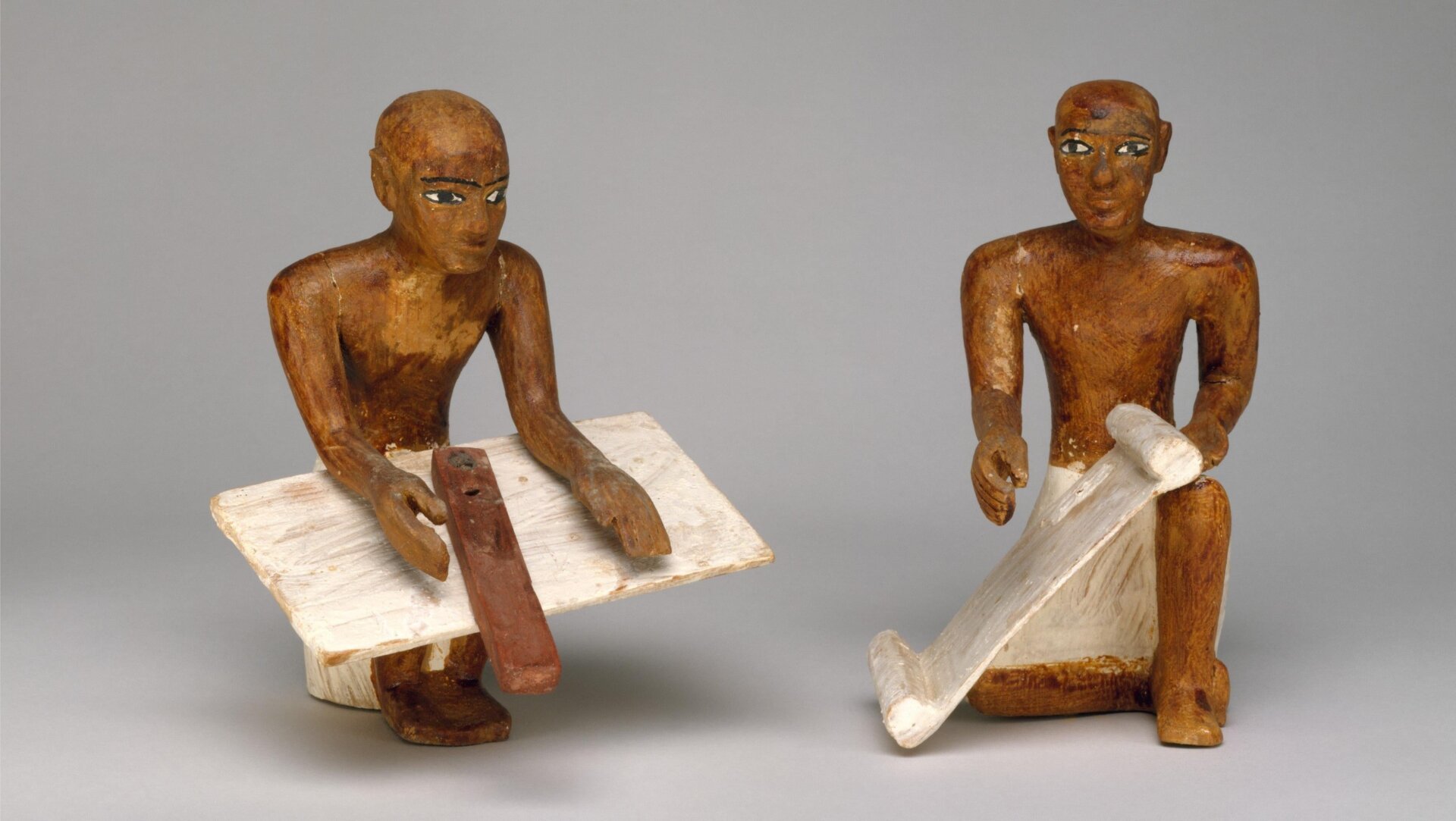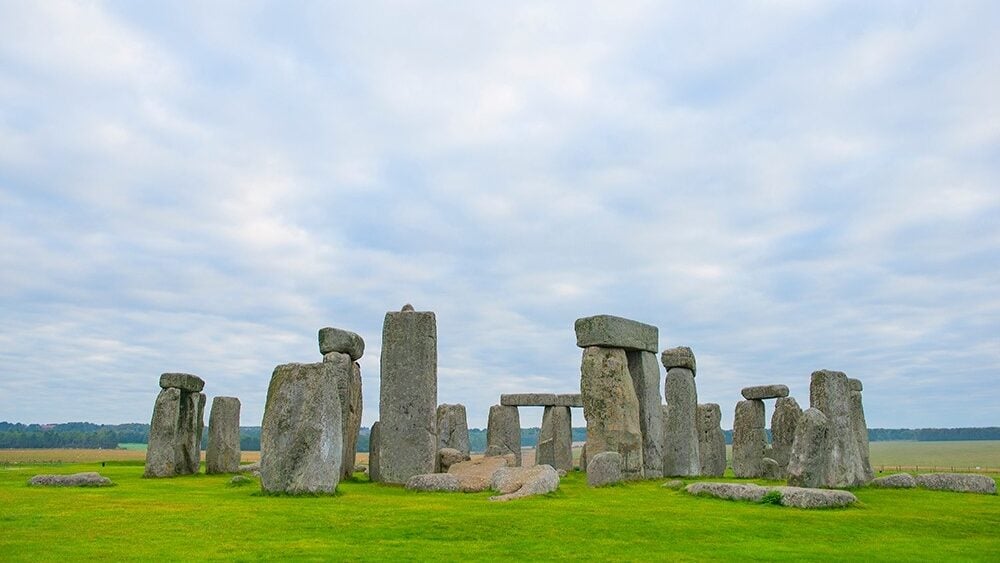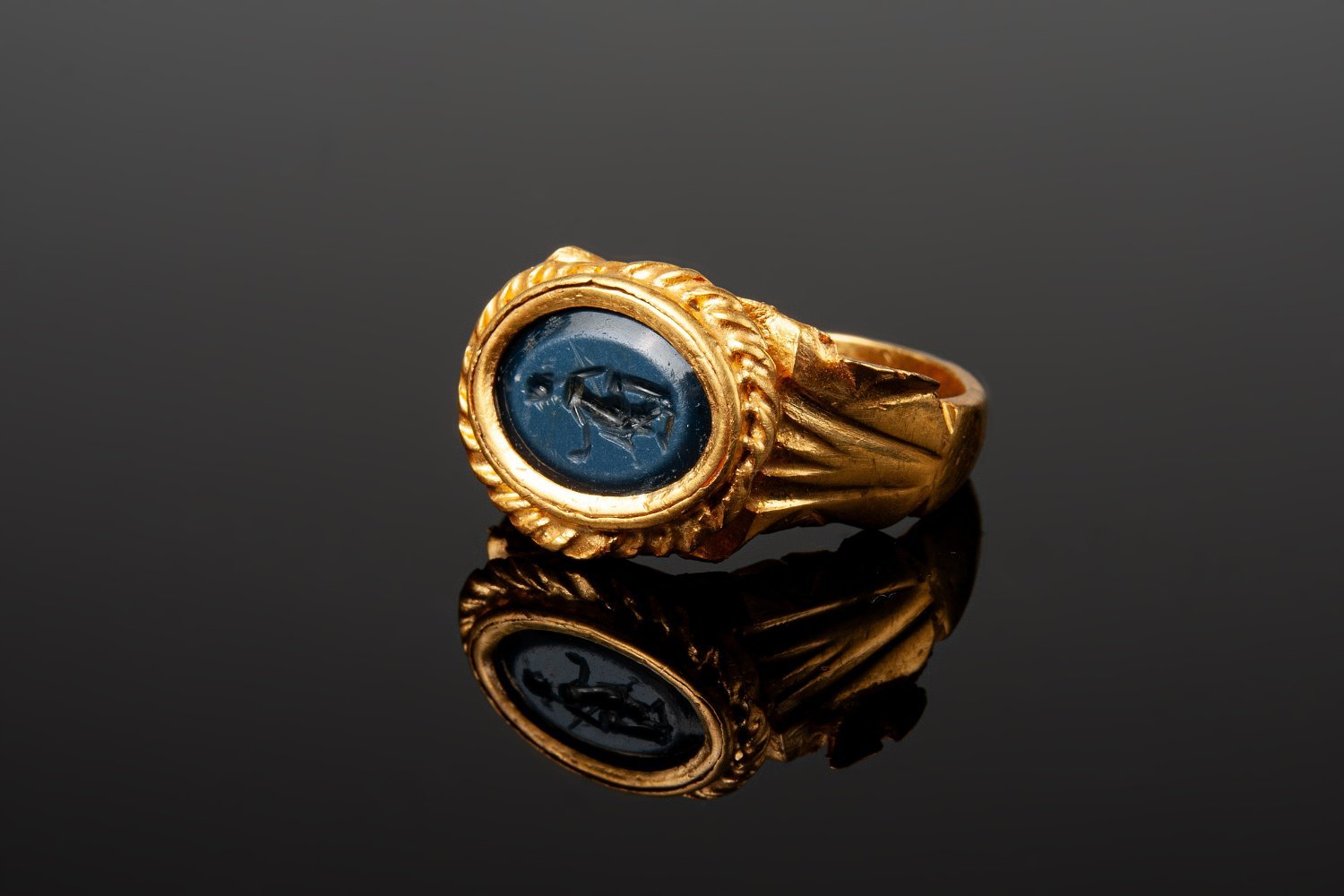A remarkable discovery has been made in Alkmaar, Netherlands, where municipal archaeologists unearthed a historic floor partially paved with animal bones. This unusual flooring, announced in a December 13th municipal statement, adds to a small collection of similar finds documented in the province of North Holland, typically dating back to the 15th century.
Nancy de Jong, a municipal archaeologist in Alkmaar, expressed the team’s excitement, stating, “It is always a privilege to uncover something from a bygone era and add new information to the history of Alkmaar.”
The bones, identified as cattle metacarpals and metatarsals (foot bones), were uniformly cut and arranged in a discernible pattern, despite the floor’s worn condition. They were placed vertically, with either the ridged or sawed-off end facing upwards.
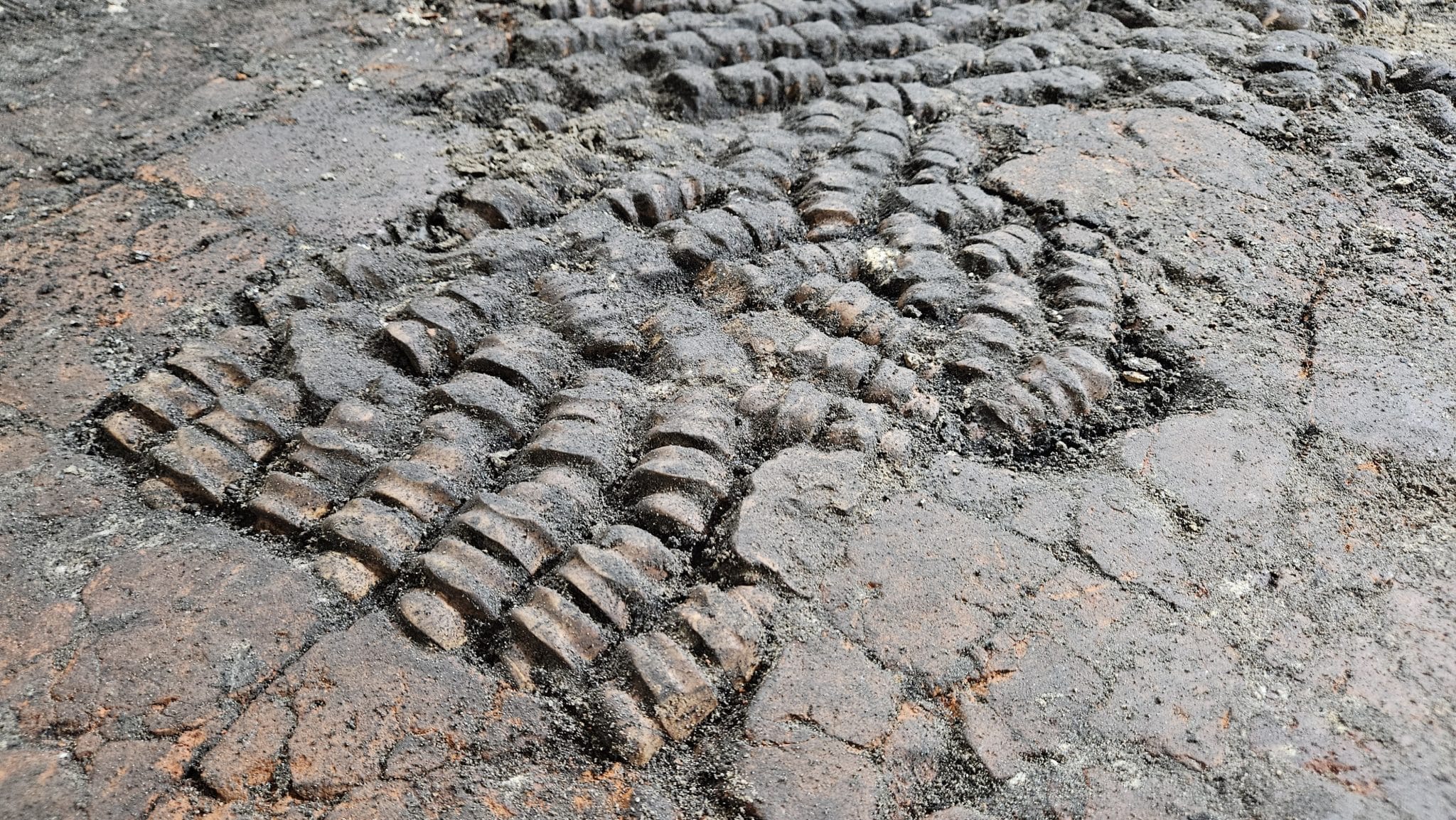 Bone Tiles CloseupClose-up view of the bone flooring discovered in Alkmaar. (© Municipality of Alkmaar archeology team)
Bone Tiles CloseupClose-up view of the bone flooring discovered in Alkmaar. (© Municipality of Alkmaar archeology team)
This discovery echoes previous findings of bone-inlaid floors in Hoorn, Enkhuizen, and Edam, with the Hoorn floor exhibiting a strikingly similar pattern. This raises questions about whether this practice was a common 15th-century flooring technique or design trend in the Netherlands.
While the house itself dates to the early 17th century, the floor’s age remains uncertain. Archaeologists point out that new constructions often utilized older foundations, leaving open the possibility that the bone floor also originates from the 15th century.
The motivation behind using bones instead of readily available and affordable tiles remains a puzzle. Archaeologists suggest the bones may have served as filler rather than intended tiles, or possibly related to the type of craft practiced within the building.
Anjo van de Ven, a municipal representative for heritage in Alkmaar, shared his enthusiasm for these discoveries, noting the wealth of “hidden stories still preserved.” He expressed his eagerness for each update, wondering, “What cool thing have they discovered now?”
The mystery surrounding the bone floor continues, but ongoing investigations promise further insights. While its original purpose remains unclear, this unique find offers a glimpse into historical construction practices and resourcefulness.



